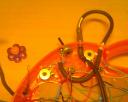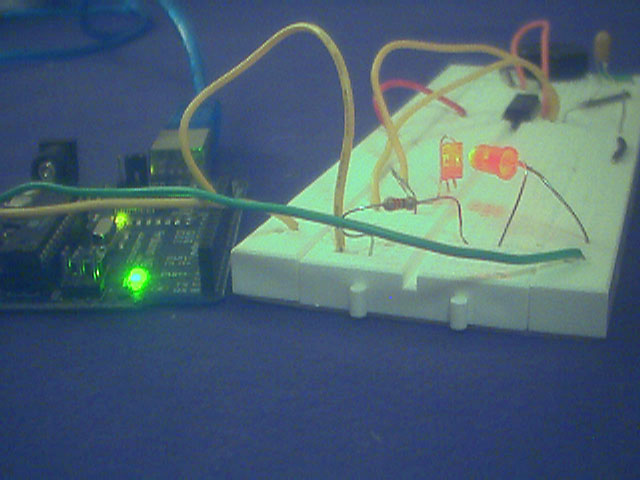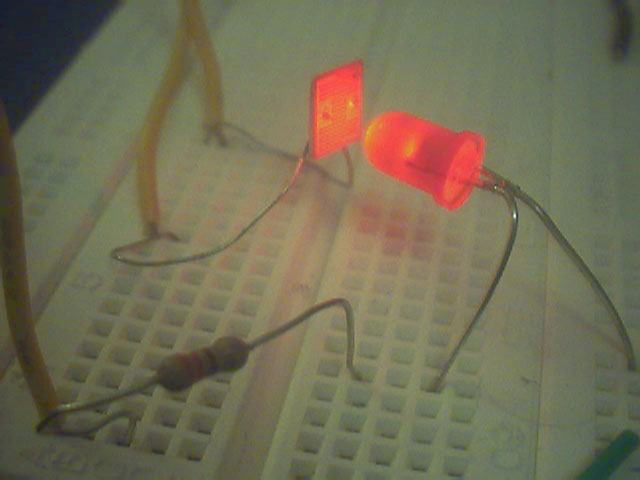just did a new instrument. its a 4093 chip with an oscillator and another one serving as LFO.
all packed together in a tupperware with a little lm386 amp and a speaker.
and it has a sequencer in and that turns it into a great noisy thingy i have never expected.
in fact i planned to create a sonator to check room Eigen-frequencies, but when i found all these noisy bits and pieces in it i wanted it myself... so felix has to wait.


















